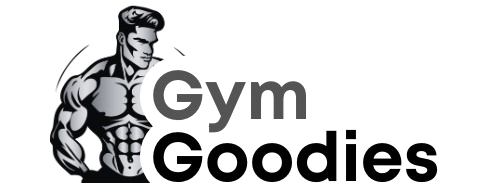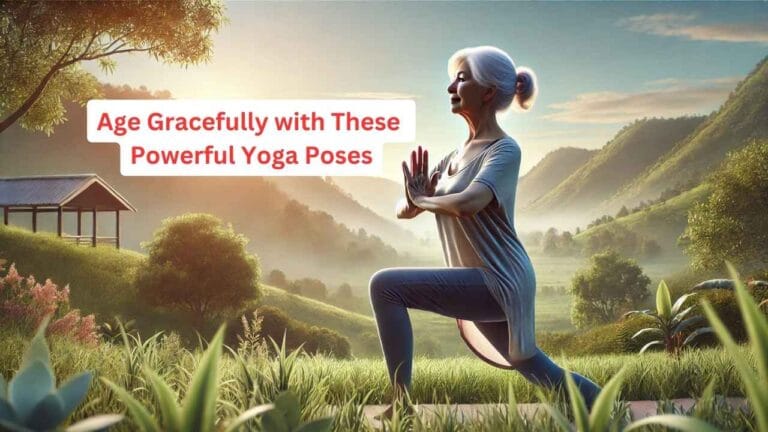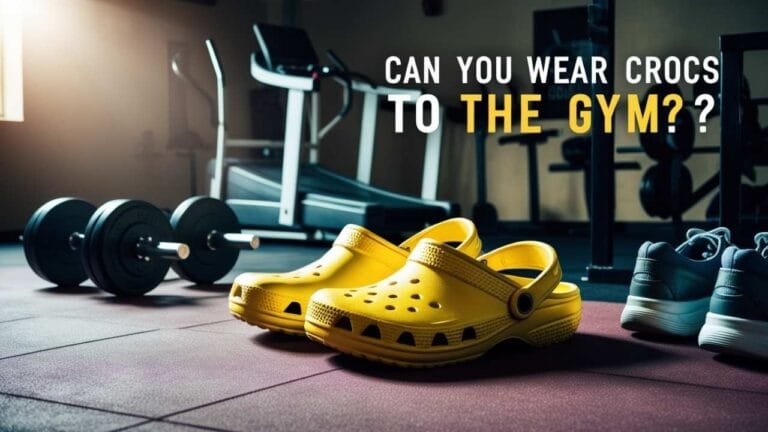Why Bones Get Fragile With Age (And How to Prevent It)

Ever felt like your body just won’t cooperate? One minute you’re gardening or playing with your grandkids, the next, a minor stumble leads to a fracture. You’re not alone, millions of adults face weakening bones as they age, but here’s the good news: it’s not inevitable. With the right knowledge and habits, you can keep your bones strong and resilient for decades.
Let’s break down what really happens to bones over time, debunk common myths, and give you a step-by-step plan to protect your skeleton. (Spoiler: It’s not just about drinking more milk!)
Related: Muscles Used for Sitting and Standing: How to Keep Them Strong
Why Do Bones Get Fragile With Age? Here’s What’s Really Happening
Bone loss accelerates as we age because our bodies struggle to rebuild bone as efficiently as they break it down.
Think of your bones like a bank account: in your 20s and 30s, you’re making steady “deposits” (bone formation). But after 40, withdrawals (bone loss) start outpacing deposits. By 50, 1 in 3 women and 1 in 5 men will suffer an osteoporosis-related fracture.
Myth vs. Reality
- Myth: “Only women need to worry about bone loss.”
- Reality: Men lose bone density too, just more slowly. A 2023 Journal of Bone and Mineral Research study found 27% of men over 50 have osteopenia (early bone thinning).
Client Case Study: lily, 58, thought her back pain was just “normal aging”, until a DEXA scan revealed osteoporosis. With targeted strength training and dietary tweaks, she improved her bone density by 5% in a year.
The Science Behind Bone Loss
Bone remodeling is a lifelong process involving osteoclasts (cells that break down bone) and osteoblasts (cells that build new bone). With aging, the activity of osteoblasts decreases, while osteoclast activity remains the same or increases, leading to a net loss of bone mass.Healthline
This imbalance can result in porous and brittle bones, characteristic of osteoporosis. The condition often goes unnoticed until a fracture occurs, emphasizing the importance of early detection and preventive measures .Johns Hopkins Medicine
The Hidden Factor Everyone Overlooks: Muscle Strength
Weak muscles accelerate bone loss, but strong ones can stimulate bone growth.
Your bones adapt to the demands you place on them. A 2024 Osteoporosis International study proved that resistance training 2–3x/week significantly increases bone density, even in seniors.
Actionable Tip: The 2-Minute “Stand-and-Rise” Test
- Sit cross-legged on the floor.
- Stand up without using your hands.
If this feels tough, your muscles (and bones) need more work. Try:
- Chair squats
- Resistance band rows
- Walking uphill
“Just Take Calcium” Debunked: Why Supplements Alone Fail
Calcium isn’t a magic pill, your body needs co-factors to use it properly.
Imagine building a brick wall (your bones) without mortar (magnesium, vitamin D, K2). Many people pop calcium pills but miss these key supporters:
- Vitamin D (2025 NIH guidelines): 800–1,000 IU/day for adults over 50.
- Magnesium: Helps convert vitamin D into its active form.
- Vitamin K2: Directs calcium to bones, not arteries.
Pro Tip: Pair calcium-rich foods (kale, sardines) with healthy fats (olive oil) for better absorption.
Strengthening Bones Through Movement
Regular physical activity stimulates bone formation and slows bone loss. Weight-bearing and resistance exercises are particularly effective in maintaining bone density.The Times of India
Recommended Activities:
- Weight-Bearing Exercises: Walking, jogging, dancing, and stair climbing.
- Resistance Training: Weightlifting, resistance band exercises, and bodyweight workouts.
- Balance and Flexibility: Tai chi and yoga improve coordination and reduce fall risk.Health
Incorporating these exercises into a weekly routine enhances bone strength and overall physical health .
Step-by-Step Fix: Stronger Bones in 12 Weeks
Follow this sequence to boost bone density without overwhelming your routine.
Phase 1: Weeks 1–4 (Foundation)
- Weight-Bearing Cardio: 30 min/day of brisk walking, dancing, or stair climbing.
- Bodyweight Exercises: Wall push-ups, heel raises, seated leg lifts.
Phase 2: Weeks 5–8 (Strength Building)
- Resistance Bands/Tubes: Rows, squats, overhead presses (2x/week).
- Balance Work: Single-leg stands (hold a chair if needed).
Phase 3: Weeks 9–12 (Progression)
- Lift Heavy(er): Dumbbells or kettlebells (start with 5–8 lbs).
- Plyometrics (if safe): Gentle jumping jacks or step-ups.
“After 3 months, my clients average 3–7% better bone density scans.”
Final Thoughts
Fragile bones aren’t an inevitable part of aging, they’re a call to action. By combining smart nutrition, strength training, and balance work, you can stay active and fracture-free.
Understanding the underlying causes of bone fragility empowers individuals to take control of their bone health. By adopting a comprehensive approach that includes dietary adjustments, physical activity, lifestyle modifications, and medical interventions, it’s possible to maintain strong bones and reduce the risk of osteoporosis and fractures.
Remember, it’s never too early or too late to start caring for your bones. Small, consistent actions can lead to significant improvements in bone health, ensuring mobility, independence, and a higher quality of life as you age.
Your Next Step: Get a DEXA scan if you’re over 50 (or earlier with risk factors), and try one bone-strengthening move today. (Even marching in place counts!)
Disclaimer:
It should be remembered that the information available at gymgoodies.net is constantly evolving and is up-to-date and authentic information on fitness, exercises, and health.
I am a veteran bodybuilder, considering I have been active in the industry for quite some time. I ensure that the content shared reflects the lessons I have learned in my years of training and working or all the exposure I have had.
That said, it must be understood that the information available on this portal is obtained through communication channels and is primarily for education and information. Some factors and changes occur, and the issues discussed in this website address such things.
Every piece of advice regarding fitness or health should be taken with caution.
You might need the assistance of fitness professionals, nutritionists, or doctors regarding your workout routine, diet, or fitness activity. Their advice should be personalized PPC, the guide you integrate into your routine, taking into account your specifications and requirements regarding your health and fitness.
This is key, considering our concern is your health and safety. Make sure you only use the data on the site to empower expert advice and nothing more.



